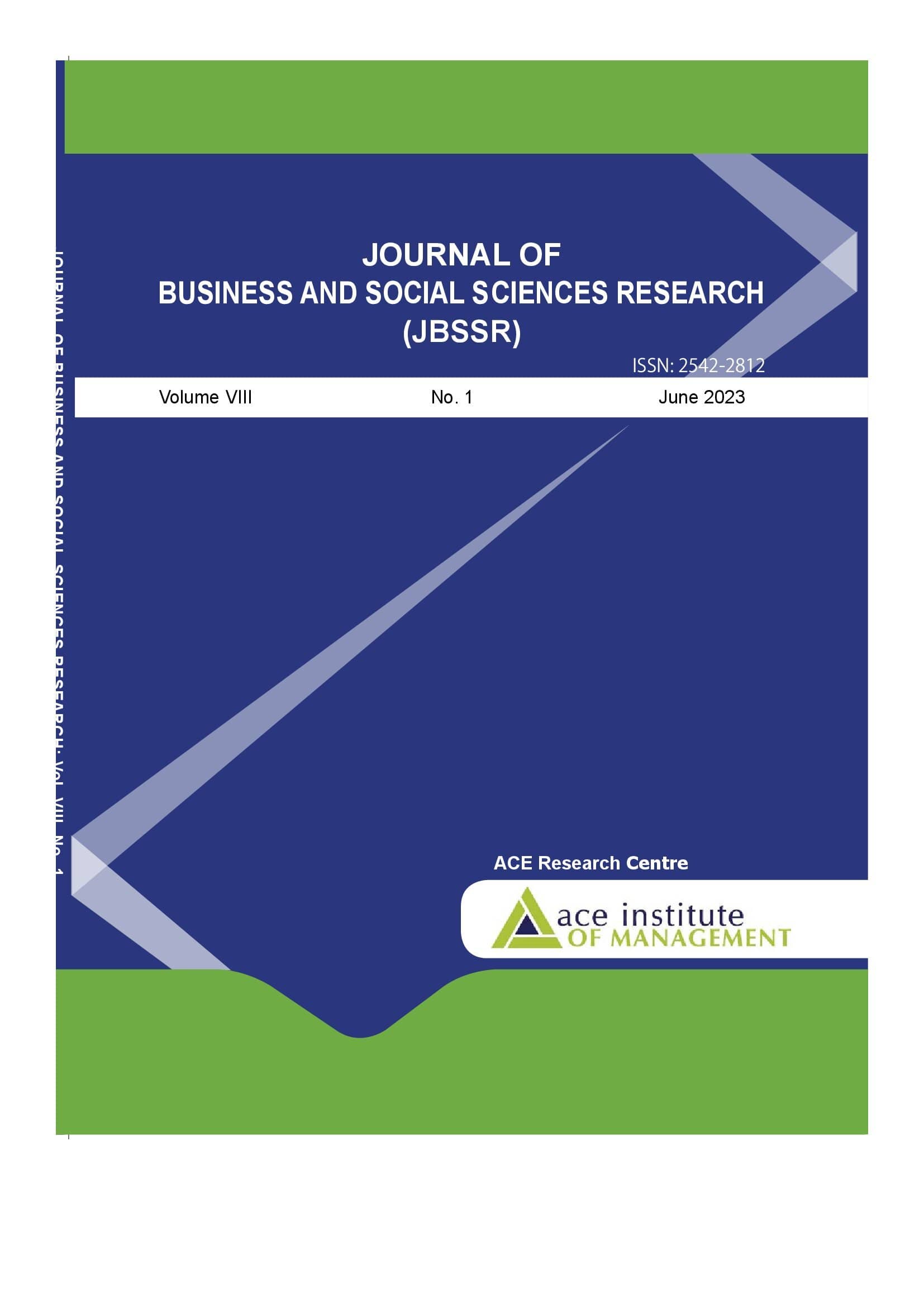Employer Branding as a Promoter of Employees’ Organisational Commitment
DOI:
https://doi.org/10.3126/jbssr.v8i1.56574Keywords:
affective commitment, continuance commitment, employee branding, normative commitmentAbstract
The purpose of the study is to investigate the role of employer branding (EB) on employee organisational commitment (OC) among employees of various service sectors such as banking and financial institutions and health. The paper employed a cross-sectional survey research design consisting of a self-administrated questionnaire for collecting data from 260 employees. Data were collected using purposive sampling. A Partial Least Squares Structural Equation (PLS-SEM) was used to test the hypotheses. The findings show that EB positively and significantly affects affective commitment (AC), continuous commitment (CC), and normative commitment (NC). As for practical implications, the study provides useful insights to both managers and organisations from the management standpoint about the essentiality of employee branding in an organisation.
Downloads
Downloads
Published
How to Cite
Issue
Section
License
© JBSSR/AIM
Authors are required to transfer their Copyright to the Journal of Business and Social Sciences Research.




